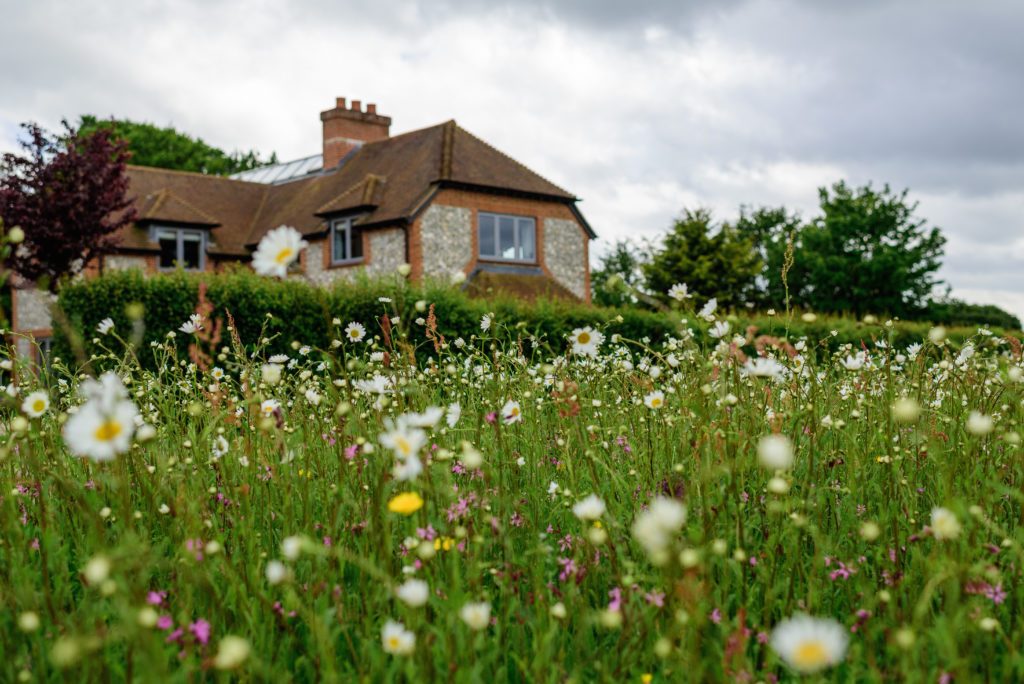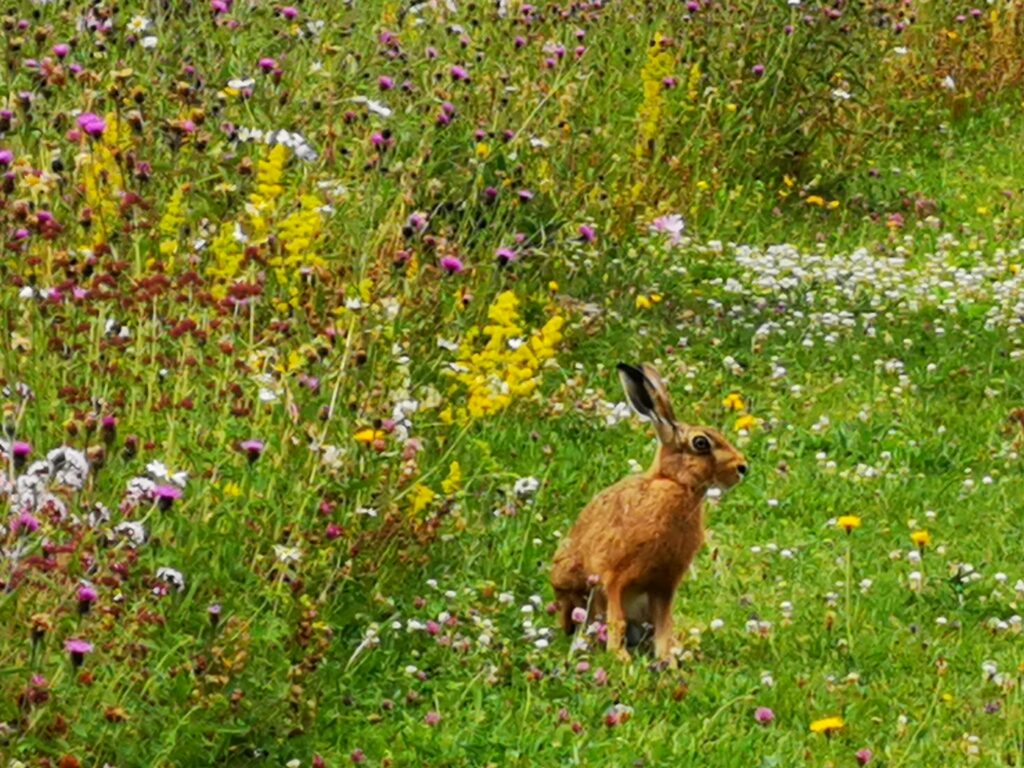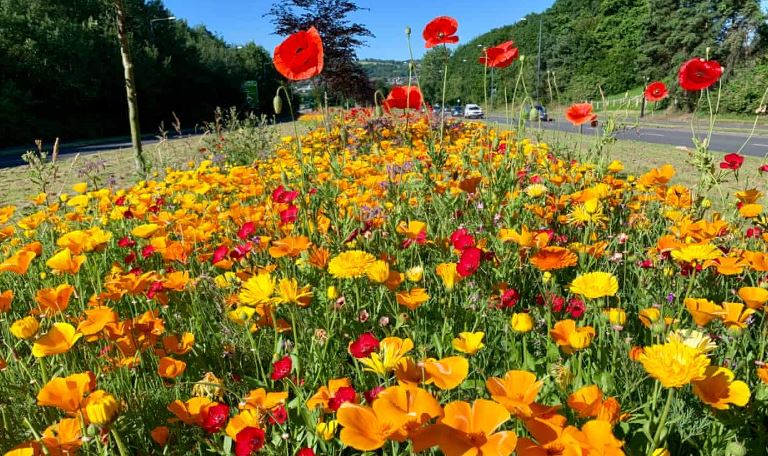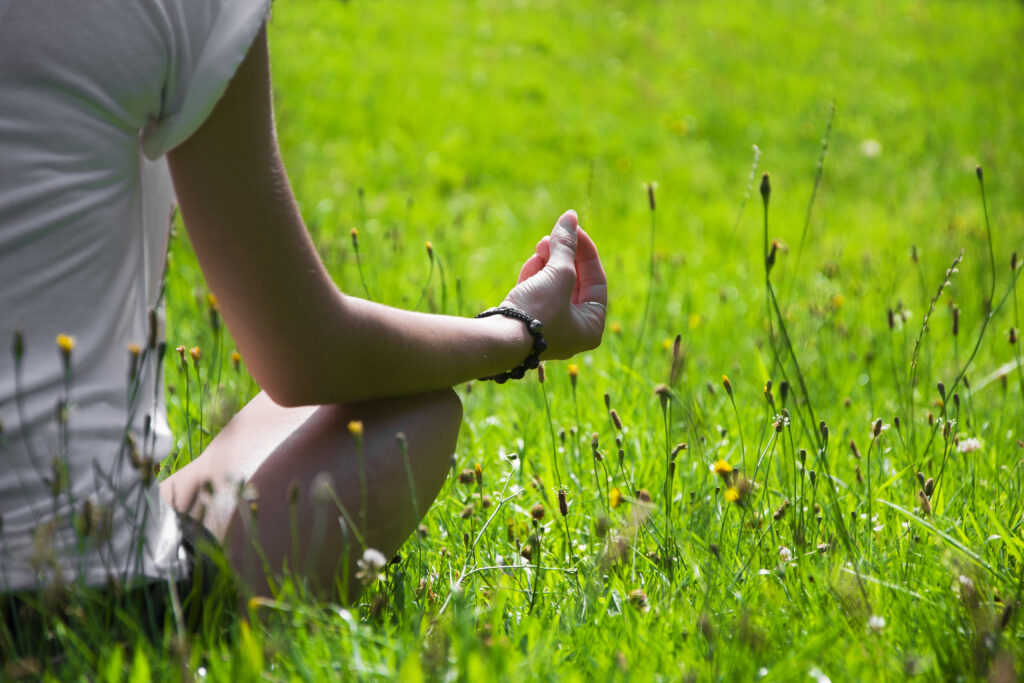As we hopefully can look forward to a warmer May with the promise of 3 bank holidays ahead of us here in the UK, we have another guest blog is from Amanda Winstead. Amanda is a writer from the Portland area with a background in communications and a passion for telling stories. If you want to follow her writing journey, or even just say hi you can find her on Twitter.
Cultivating a garden can be a personally enriching experience. You have the opportunity to create a space in which you’re surrounded by the beauty of the natural world. The result can be an oasis away from the stresses of daily life, complete with the sights, sounds, and smells of a thriving ecosystem. Not to mention that spending time caring for your garden can be a physically and mentally healthy activity.
It’s vital, though, to be mindful of what flowers you grow in your garden. While exotic flower species may be interesting additions to your landscape, you shouldn’t overlook the value of native wildflowers. Making choices in line with the native plant movement can benefit you, your garden, and the wider environment.
Let’s take a moment to explore the importance of planting native wildflowers rather than non-native species.

Protecting the Local Ecosystem
The native plant movement is focused on achieving a balanced ecosystem by prioritising flora that is natural in the local environment. In essence, this approach recognizes that each native plant and flower species has a role to play in supporting the well-being of everything within the ecosystem. Indeed, when homeowners plant native wildflowers, these tend to propagate naturally without human intervention or help. As a result, they tend to move beyond the confines of a garden and serve the wider system.
This is a vital consideration given that native wildflowers and plants play a key role in boosting the biodiversity of the local environment. Local animals and birds are attracted to areas with these items, often making native plants and bushes habitats. Vital fungi, lichens, and moss thrive amid regionally-relevant flower, plant, and tree species. Butterflies, bees, and other insects feed on the pollen of native wildflowers. In turn, the activities of these pollinators help provide food for both humans and local wildlife.
Non-native species, on the other hand, tend not to be as conducive to a healthy local ecosystem. In some instances, they can be invasive, taking space and resources away from surrounding local species. Not to mention that local wildlife may not be as attracted to exotic flora as sources of food and shelter.

Enriching Your Space
Naturally, the primary imperative for planting native wildflowers is for the significant wider environmental benefits. However, it’s also worth considering that focusing on these species can also be beneficial to your garden itself. With some mindful choices, you can find that going native enriches various elements of your space.
In most instances, native wildflowers tend not to require additional fertilizers to grow. This particularly applies if you’re already utilising Landscape 34 wildflower turf as a basis for your efforts. You’ll also find that they don’t require as much if any pesticides to thrive. As a result, your soil and plant beds are likely to be healthier and more productive, as they’re not subjected to chemicals and unnatural components. It’s worth considering, too, that native flora with deeper roots store water to keep your garden nourished during the drier months and help prevent soil erosion.
Unfortunately, non-native species are not so kind to your garden. Once they’ve become established, they can actually alter the soil chemistry and disrupt the healthy community of microbes present in the soil. The result of this can be that the nutrient cycling in your garden changes to be more suitable for these exotic florae. In effect, your garden might no longer be as supportive to native florae. Many non-native plants also require more water compared to native plants, which can pull resources from other species.

Providing Meaningful Engagement
Planting native wildflowers is not simply a way to do your part for the environment or to keep your garden healthy. In many ways, outdoor spaces play a key role in enhancing people’s relationships with nature and even boost their mental wellness. Therefore, you should consider how native species contribute to your ability to create more meaningful connections to the natural world.
Activities through which you actively engage with nature, like gardening, have an educational impact. You get to learn more about the different native wildflowers in your area and how they interact with other aspects of the world around you. Seeing how these plants contribute to your soil health in ways that help you to grow vegetables can also be instrumental to a greater appreciation of the ecosystem. Growing native plants can give you opportunities to observe native wildlife, too. The traffic of the different birds and insects that are drawn to your wildflowers can give you a better understanding of their harmonious relationships with one another.
You may also find that your commitment to engaging with the environment by creating a native wildflower garden can have a social element. Many areas have community projects that are dedicated to local conservation efforts. Joining these can help you make more informed choices about the plants you cultivate. Not to mention that interacting with others with similar interests can see you build new friendships, which may have positive effects on your mental health.

Conclusion
Native wildflowers are an invaluable component of any garden. These species tend to be more supportive of local biodiversity than exotic flowers and contribute to a balanced ecosystem. Local plants are also considered to provide greater enrichment and health to your garden’s soil. You should remember, too, that engaging with a native wildflower garden can offer you educational, wellness, and social benefits.